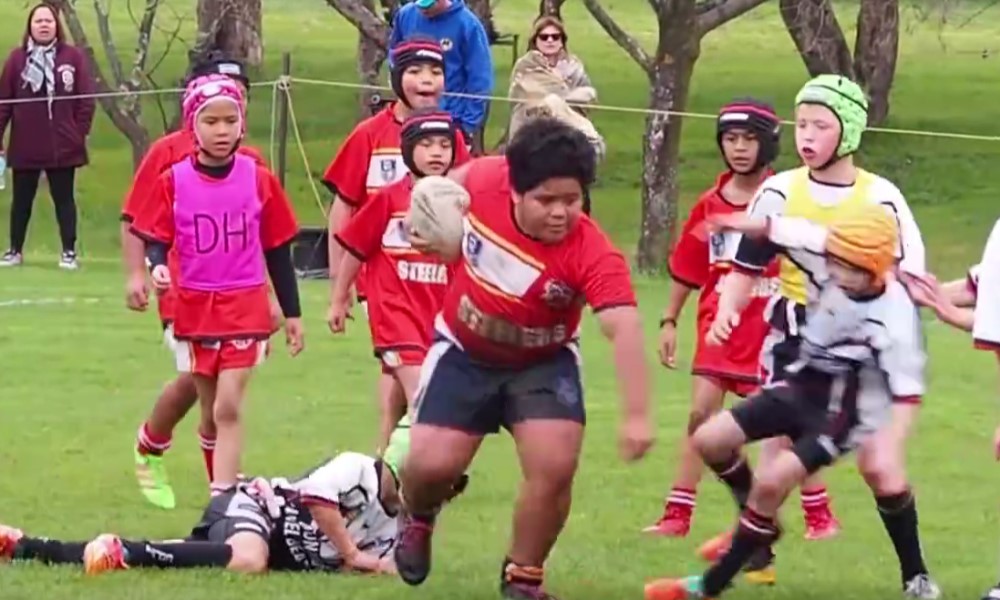Growth, maturation and development

Growth, maturation, and development are often thought to mean the same thing but in truth they are quite different concepts. Growth is a change in body size, body composition or dimensions of a specific region of the body (Joyce and Lewindon, 2014). The body tissue grows and so the body changes. This is the most significant biological activity within the body in the first 20 or so years of life.
Maturation is the progression of the human body towards adulthood. The rate and timing of maturation can be highly variable and even different systems can mature at different time for example the skeletal system will mature at a much later date than the reproductive system (Lloyd and Oliver, 2014).
Development can be thought of as both biological and behavioural. It can refer to the development of motor skills and movement patterns as the child grows or the development and modification of the child’s behaviours in response to their experiences.
Physical performance will increase in children as they grow, mature and develop so it is important for the coach to be aware of what these processes mean. The coach should be looking to see if there was a large change in performance following a physical development programme. If there was, then the coach could assume the performance change was due to the training implemented and not just the natural increases in performance that will occur with maturation and growth (Joyce and Lewindon, 2014).
Children, adolescents, youth and young athletes are all terms that are often used interchangeably as it is difficult to put an exact age range on these groups. “Youth” can be thought of as all-encompassing or a global term for a person under 19 years of age (Joyce and Lewindon, 2014), while the term “young athlete” would probably cover the same age range. Children and adolescents are harder to differentiate into exact age categories due to different maturation rates. Children are generally thought of as persons under 12 years of age however, as adolescence is usually determined by the onset of puberty and this can occur early or late in children, it makes specific categories of child and adolescent difficult to create. When discussing children in this child development section we are referring to children up to the age of 12.